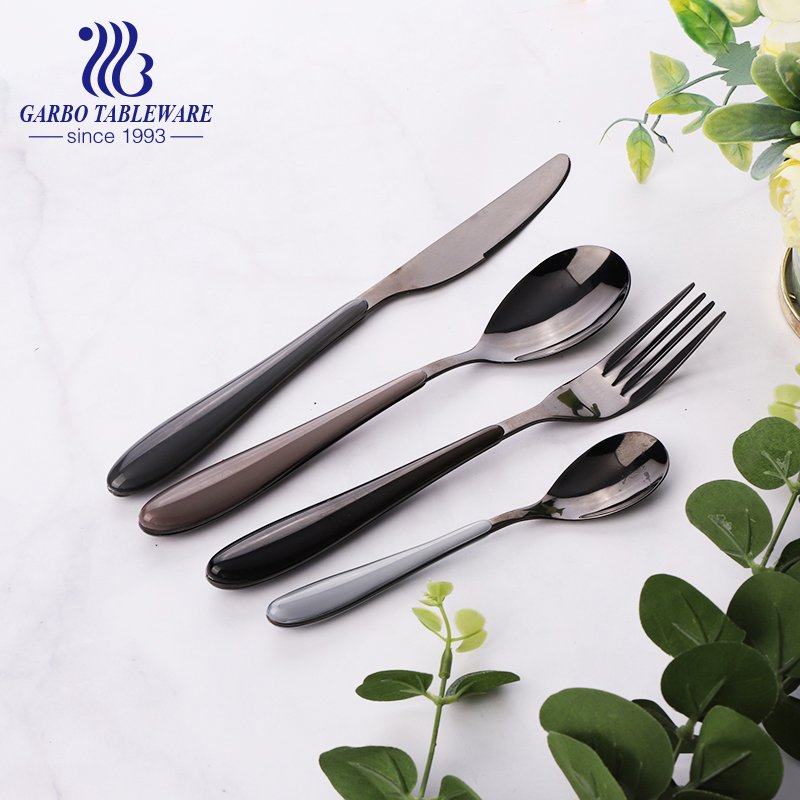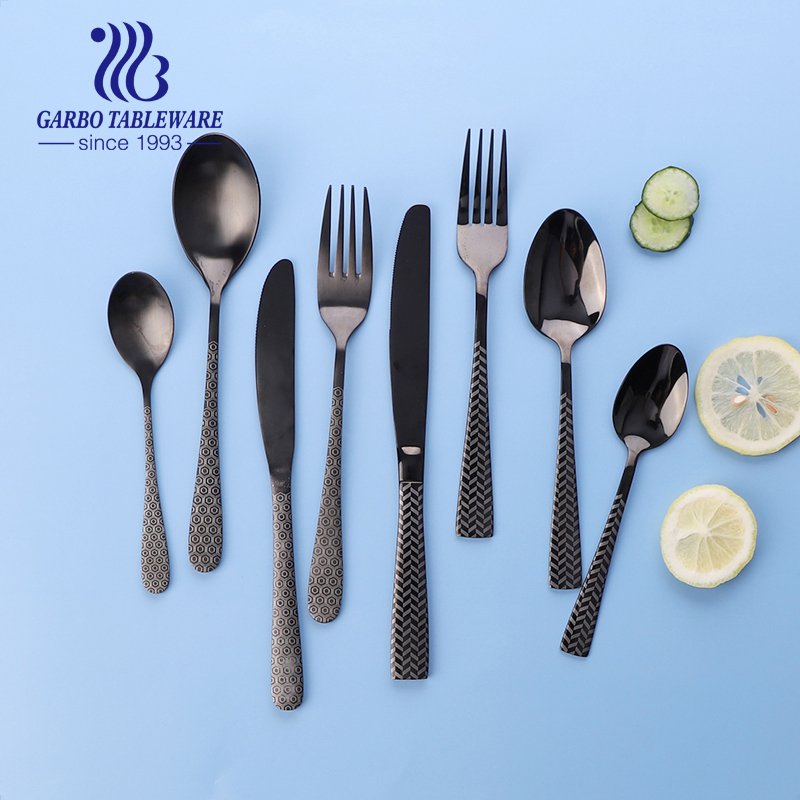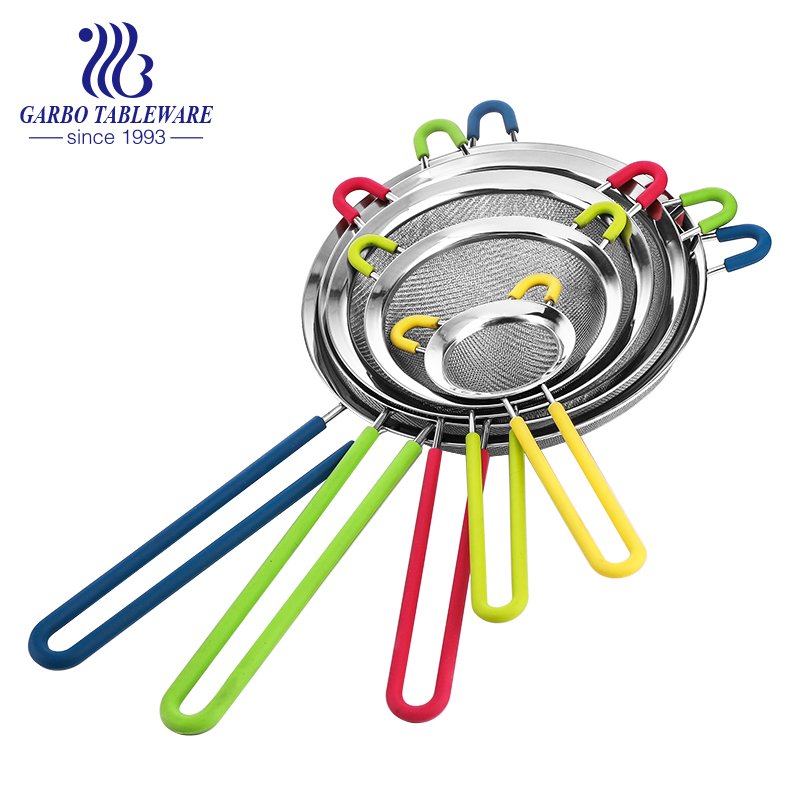Pulished on Jun. 29, 2020
Since the Stainless Steel Cutlery becomes more and more popular in market and on our table, it is neccessary for us all to now more about it.
The invention of stainless steel followed a series of scientific developments, starting in 1798 when chromium was first shown to the French Academy by Louis Vauquelin. In the early 1800s, James Stoddart, Michael Faraday, and Robert Mallet observed the resistance of chromium-iron alloys (“chromium steels”) to oxidizing agents. Robert Bunsen discovered chromium’s resistance to strong acids. The corrosion resistance of iron-chromium alloys may have been first recognized in 1821 by Pierre Berthier,
who noted their resistance against attack by some acids and suggested their use in cutlery.

There are five main families, which are primarily classified by their crystalline structure: austenitic, ferritic, martensitic, duplex, and precipitation hardening.
Austenitic stainless steels can be further subdivided into two sub-groups, 200 series and 300 series:
200 series are chromium-manganese-nickel alloys that maximize the use of manganese and nitrogen to minimize the use of nickel. Due to their nitrogen addition, they possess approximately 50% higher yield strength than 300 series stainless sheets of steel.
Type 201 is hardenable through cold working.
Type 202 is a general-purpose stainless steel. Decreasing nickel content and increasing manganese results in weak corrosion resistance.
300 series are chromium-nickel alloys that achieve their austenitic microstructure almost exclusively by nickel alloying; some very highly-alloyed grades include some nitrogen to reduce nickel requirements. 300 series is the largest group and the most widely used.
Type 304: The best-known grade is Type 304, also known as 18/8 and 18/10 for its composition of 18% chromium and 8% or 10% nickel, respectively.
Type 316: The second most common austenitic stainless steel is Type 316. The addition of 2% molybdenum provides greater resistance to acids and localized corrosion caused by chloride ions. Low-carbon versions, such as 316L or 304L, have carbon contents below 0.03% and are used to avoid corrosion problems caused by welding.
Ferritic stainless steels possess a ferrite microstructure like carbon steel, which is a body-centered cubic crystal structure, and contain between 10.5% and 27% chromium with very little or no nickel. This microstructure is present at all temperatures due to the chromium addition, so they are not hardenable by heat treatment. They cannot be strengthened by cold work to the same degree as austenitic stainless steels. They are magnetic.
Martensitic stainless steels offer a wide range of properties and are used as stainless engineering steels, stainless tool steels, and creep-resistant steels. They are magnetic, and not as corrosion-resistant as ferritic and austenitic stainless steels due to their low chromium content. They fall into four categories
Martensitic stainless steels can be heat treated to provide better mechanical properties.
Duplex grades are usually divided into three sub-groups based on their corrosion resistance: lean duplex, standard duplex, and super duplex.

There are over 150 grades of stainless steel, of which 15 are most commonly used. There are several systems for grading stainless and other steels, including US SAE steel grades. The Unified Numbering System for Metals and Alloys (UNS) was developed by the ASTM in 1970. The Europeans have developed EN 10088 for the same purpose.

Stainless Steel has many different functions. It can use in Spacecraft,Aircraft,Automobiles,Architecture,Food and beverage and so on.
We can see stainless steel almost every where and in every country.